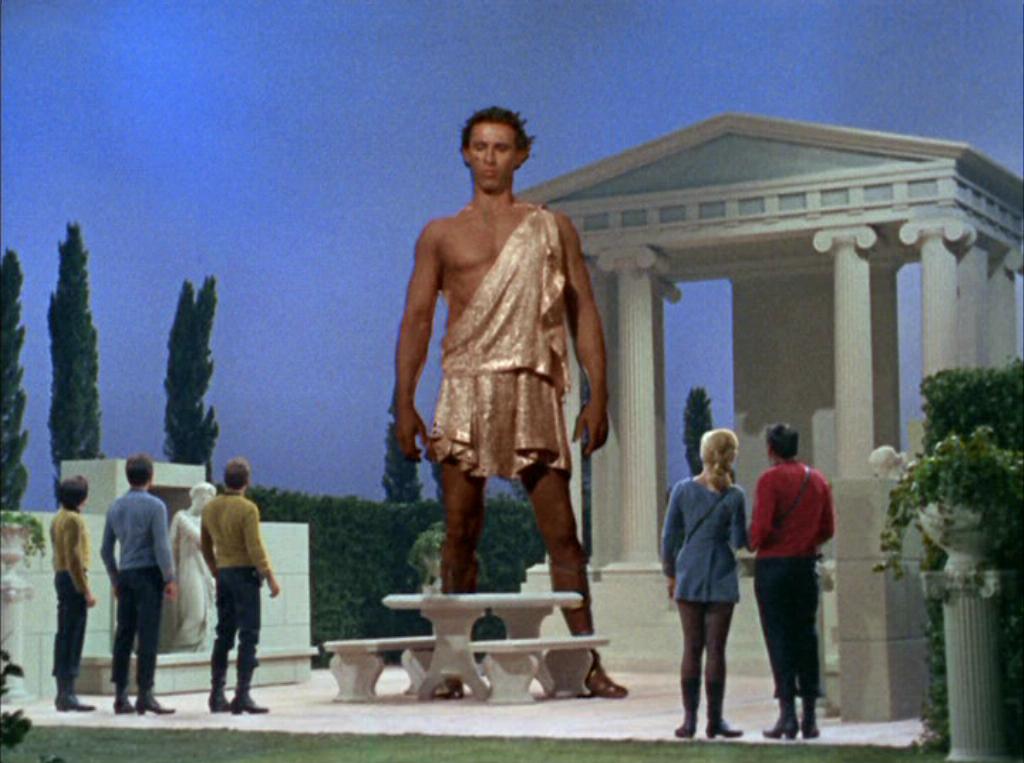I've being thinking on the idea that all deities in fiction can be defined by two axes: Mythological-Literal and Transcendent-Physical. Mythological gods have origins and interactions that don't make sense in a literal sense; Think gods born from salt licks or jumping from their fathers' skulls. On the other end of the scale are literal beings whose origins are at least logical and generally pretty much biologically or technologically similar to other classes of lifeforms. Transcendent beings are bound by the usual limitations of single body, mind, and/or perspective, while physical beings certainly are.
The gods from the Greek or Norse mythology are typically mythological, but either physical or transcendent. (They tend to be physical seeming in the texts of the myths, but seem somewhat transcendent in terms their actual historical worship.)
The Asgardians of Marvel Comics or Apollo of the Star Trek episode "Who Mourns for Adonis?" are mostly literal and mostly physical in portrayal. The Asgardians of the movie Thor and its sequel are entirely literal and physical.
AI masquerading as gods? Literal, transcendent or physical.
The Endless from Sandman? Straddling the literal-mythologic border, transcendent.
Kirby's New Gods? Slightly mythological, physical.
So there it is. There may be other factors I haven't thought of.










2 comments:
A nice 2x2 taxonomy. Now I'm trying to think what effect it has to portray your gods in various ways.
I guess if you want gods to be present in your fiction, it helps to have them be literal.
Mythological gods seem inherently weirder than literal ones.
Also capital-W Weird are any gods with a non-human / non-humanoid form. A god with no existence separate from a statue of itself, a god with animal features or a geometric form - these seem inherently stranger than gods made in humankind's image.
In the way I'm using it, literal gods would be present, they just have non-naturalistic origins.
Post a Comment